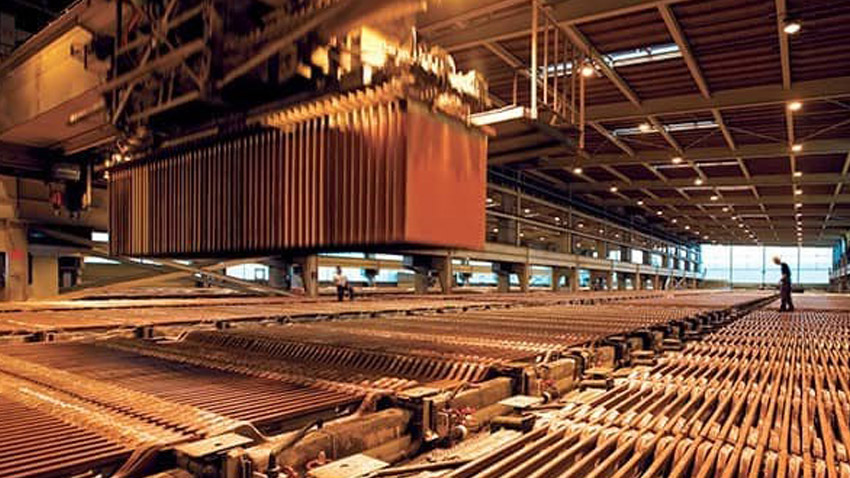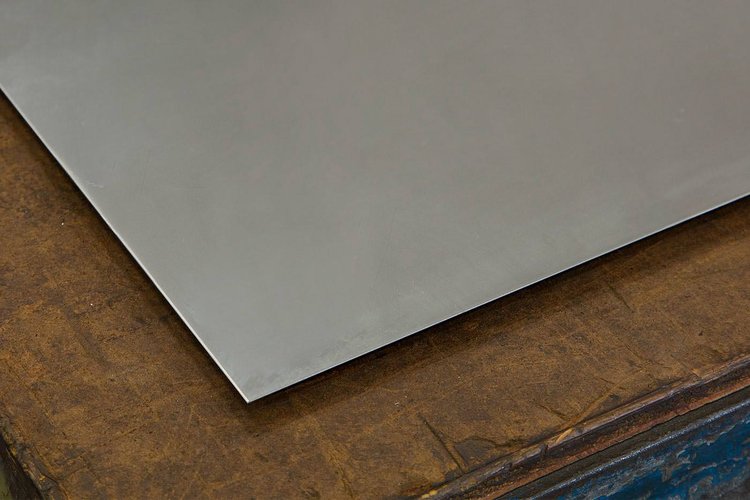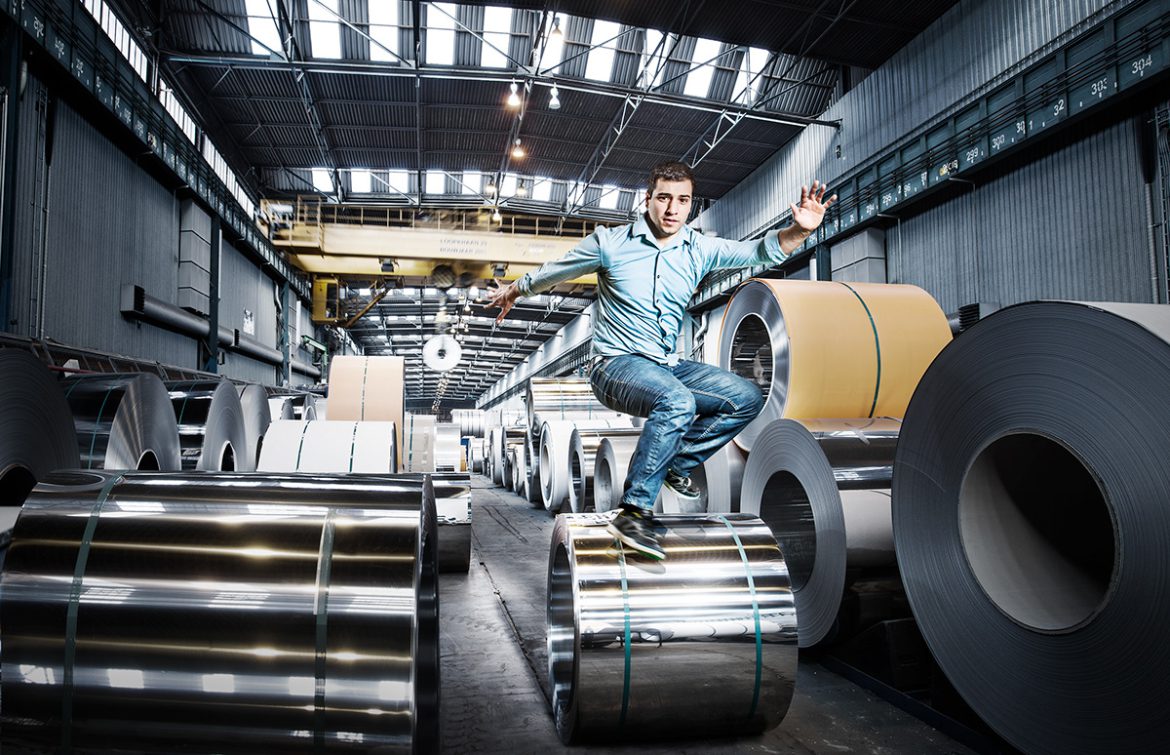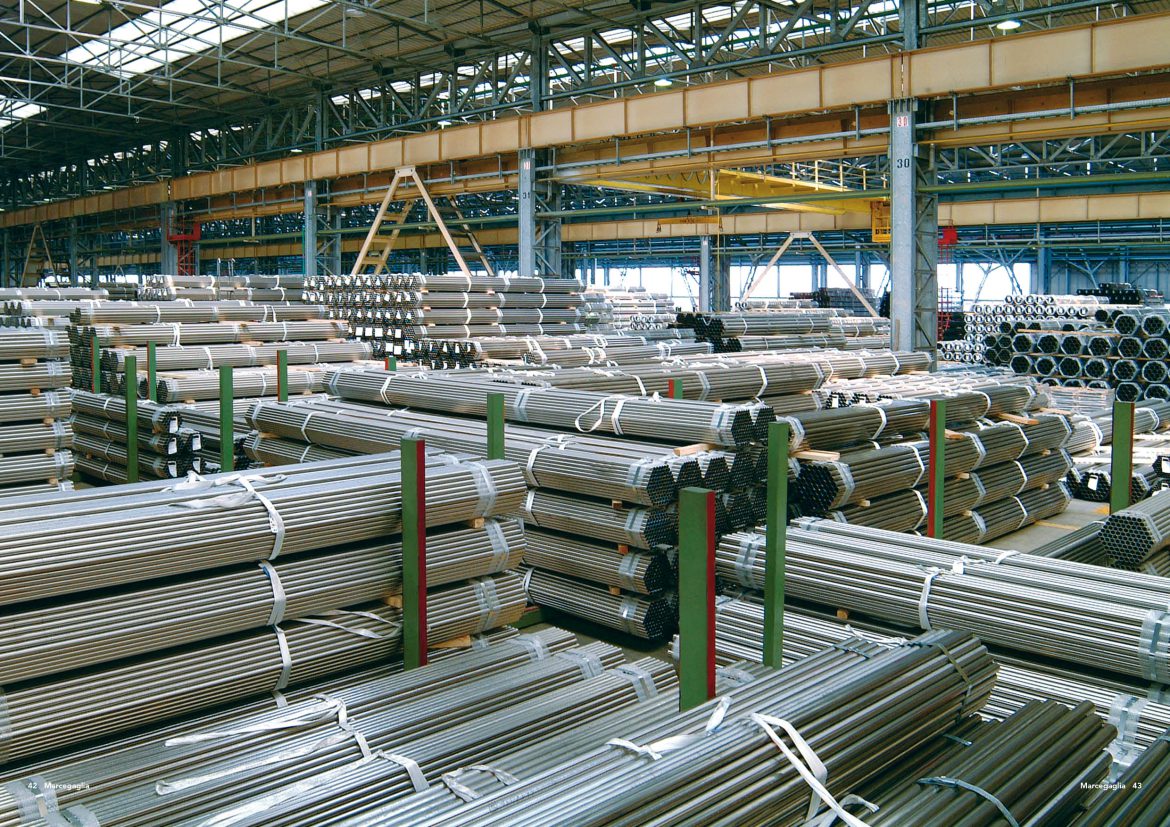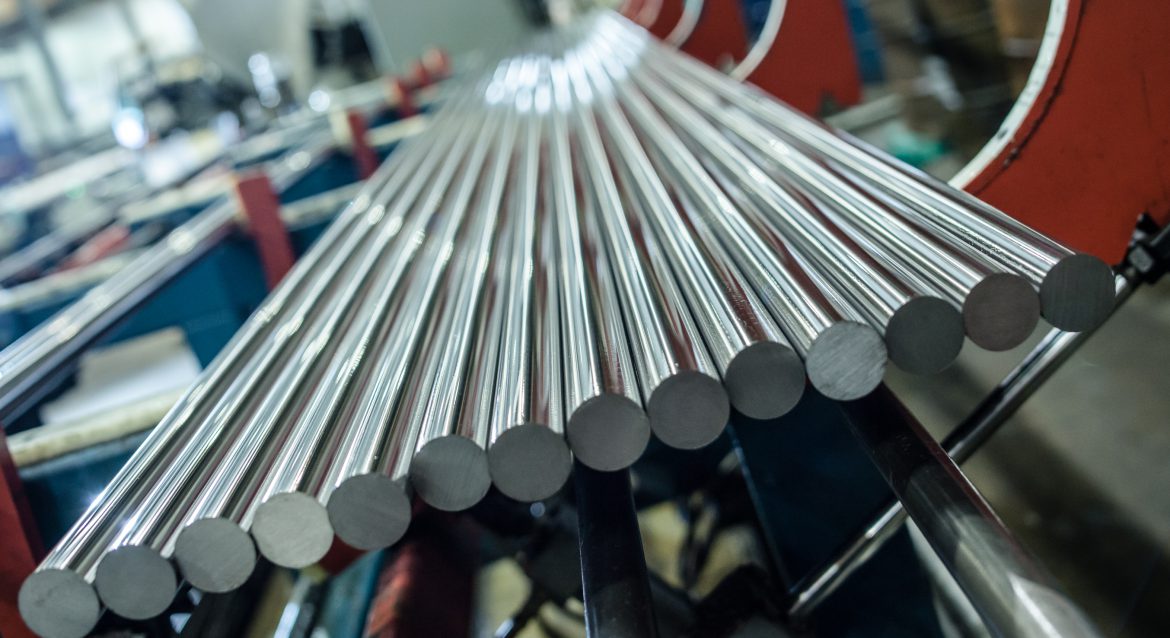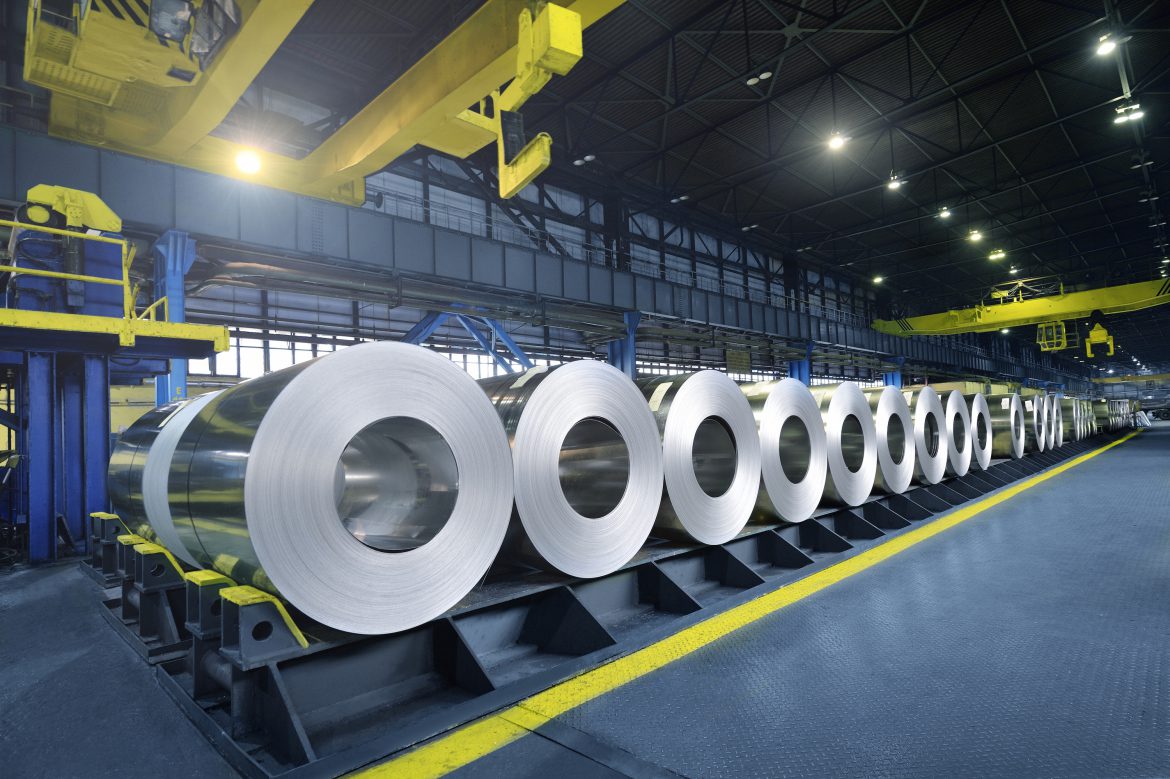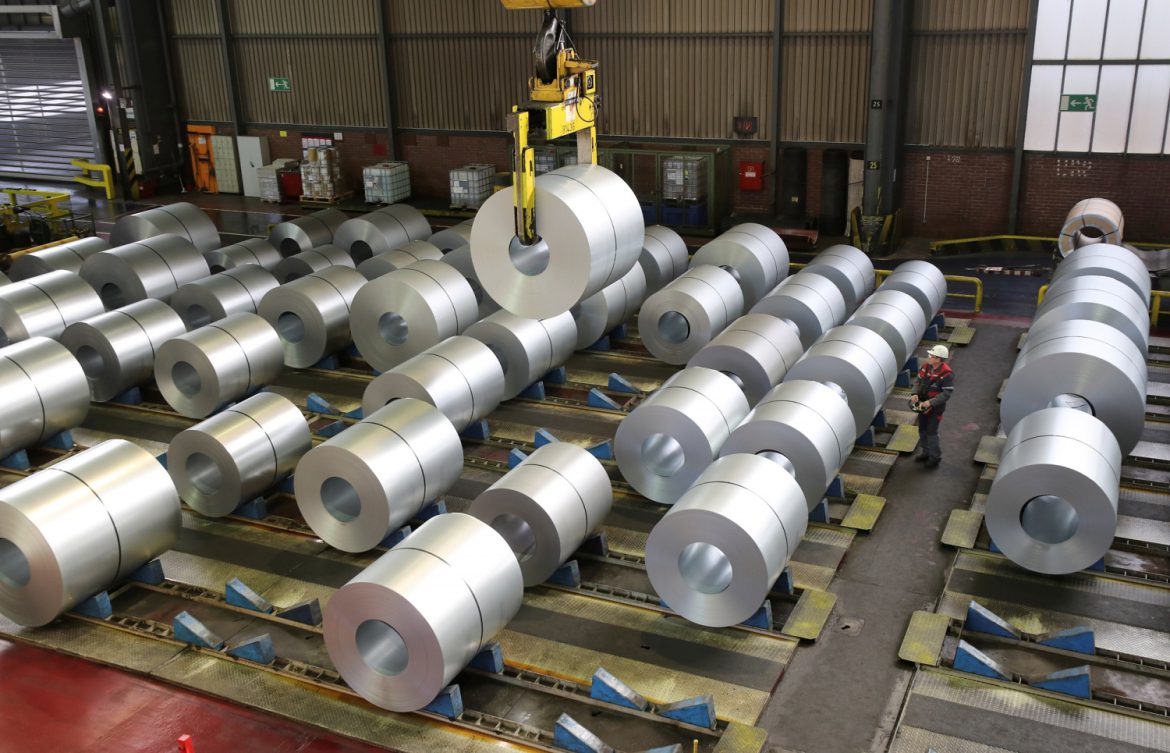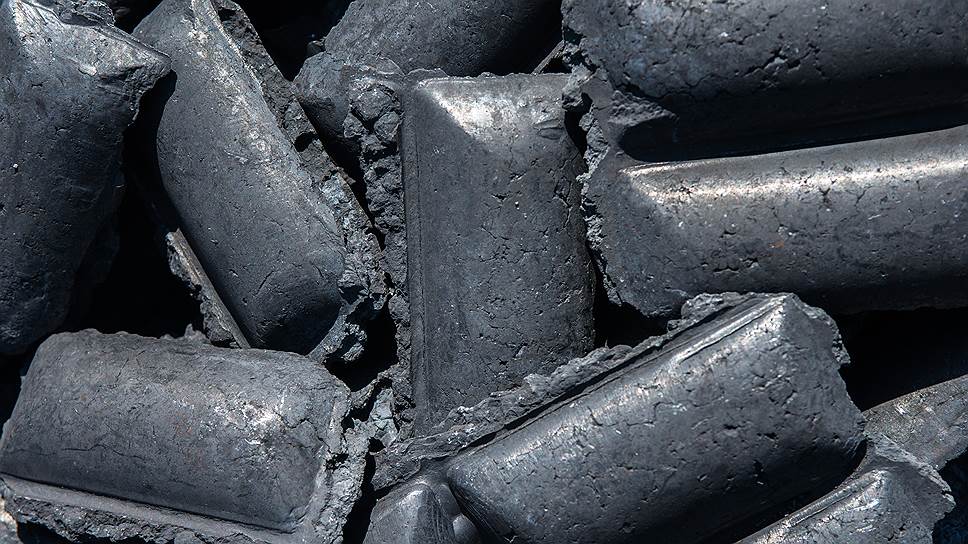Silica (SiO2) and phosphorus compounds (commonly referred to as P2O5) are especially important because they affect the composition of metals and cause more problems in steel production. China, Brazil, Australia, Russia and Ukraine are the largest producers of iron ore, but significant quantities of iron ore are also extracted in India, the United States, Canada and Kazakhstan. Visit our site for more information on dri fines price.

The introduction to dri fines
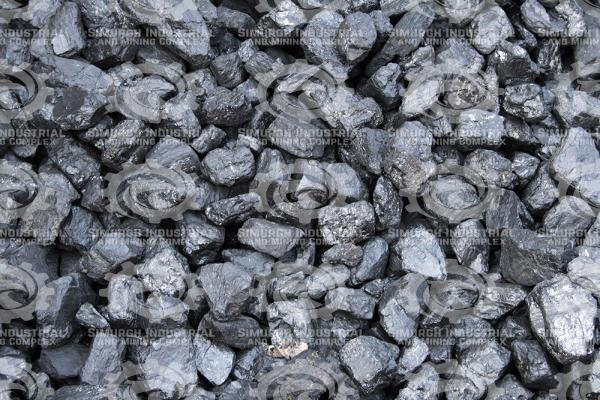 Managing the size of Direct Reduced Iron (DRI) pellets is essential. The efforts discussed in this article focus on minimizing the generation of undersized pellets, and then designing a smelting practice that best optimizes the recycling of the remaining briquette DRI fines. An important aspect is the development of a smelting practice for recycling fine briquettes. This involves a pre-melting step, where the briquettes are loaded before the DRI feed step to use the hot heel in the oven.
Managing the size of Direct Reduced Iron (DRI) pellets is essential. The efforts discussed in this article focus on minimizing the generation of undersized pellets, and then designing a smelting practice that best optimizes the recycling of the remaining briquette DRI fines. An important aspect is the development of a smelting practice for recycling fine briquettes. This involves a pre-melting step, where the briquettes are loaded before the DRI feed step to use the hot heel in the oven.
DRI containing several percent C can be produced when the benefit of adding carbon in steelmaking outweighs the additional cost. The carbon can be in the form of iron carbide (cementite, Fe3C) or graphitic carbon. The carbon contained in the shaft furnace DRI is generally greater than 90% Fe3C. Fluidized bed processes for the production of iron carbide from ore fines have been developed, but none are currently operational.
DRI maintains the chemical purity of the iron ore from which it is produced. It therefore tends to be very low in residual elements such as copper, chromium, tin, nickel and molybdenum. Typical ranges for DRI chemistry are 90–94% total iron, 83–89% metallic iron, 6.5–9% iron oxide, 0.8–2.5% carbon, 2.8 –6% gangue, 0.005–0.09% phosphorus and 0.001–0.03% sulfur. DRI normally has at least 90% of the oxygen removed with the unreduced oxide present as wustite. Processes producing solids with.
Coal can also be used directly as a reducing agent without going through the gasification process. The processes based on RHF and RK use carbon as a reducing agent. In general, RHF-based processes use composite granules of self-reducing iron oxide and carbon, in which the iron ore concentrate, coal, additives and binder are mixed together. At elevated temperatures, the carbon and hydrogen present in the self-reducing pellets interact with oxygen to produce reducing gases CO and H2. In the case of RK, iron oxide pellets, carbon and flux are introduced into the furnace at the raised end. Again, the carbon and hydrogen components of coal react with oxygen and iron oxide at elevated temperatures, with gaseous reduction of the oxide. Visit our site for more information on dri fines supply.
Latest price of dri fines in 2021
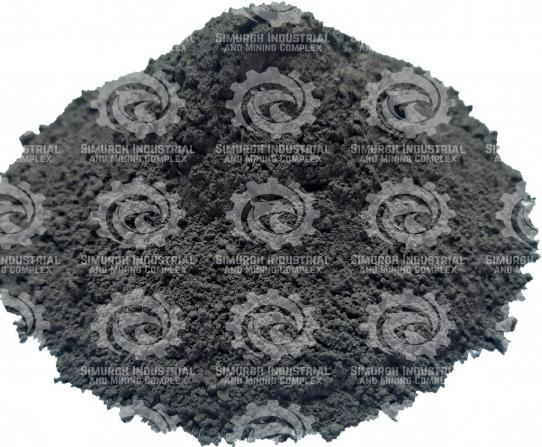 Latest price of dri fines in 2021 has been uploaded on our official website. This product is associated with fluctuations that the dollar price has caused, so you can For more information about dri fines types, visit our site.
Latest price of dri fines in 2021 has been uploaded on our official website. This product is associated with fluctuations that the dollar price has caused, so you can For more information about dri fines types, visit our site.
You can contact us to buy and sell this product:
Sales consultant: Ms. Leila Nematzadeh
Ways of communication: Phone number: 02147623014
Phone number: 02147623014
 Phone number: 04133660491
Phone number: 04133660491
 Phone number: 09120169267
Phone number: 09120169267
 WhatsApp Response (Skype): click
WhatsApp Response (Skype): click
 Instagram: simurgh_steel_company@
Instagram: simurgh_steel_company@
 email: info@simurghsteelco.com
email: info@simurghsteelco.com
 email: ironore110@gmail.com
email: ironore110@gmail.com
 Facebook: ironore110@
Facebook: ironore110@
 LinkedIn: simurgh-iron-and-steel-company-a68295180@
LinkedIn: simurgh-iron-and-steel-company-a68295180@
 twitter: CoSimurgh@
twitter: CoSimurgh@
